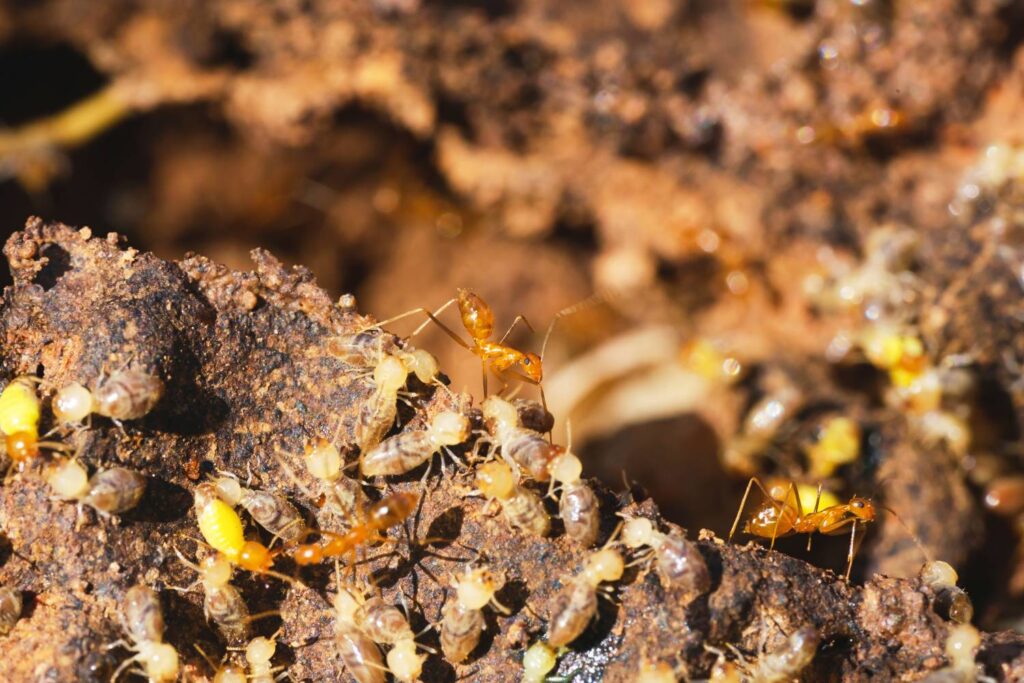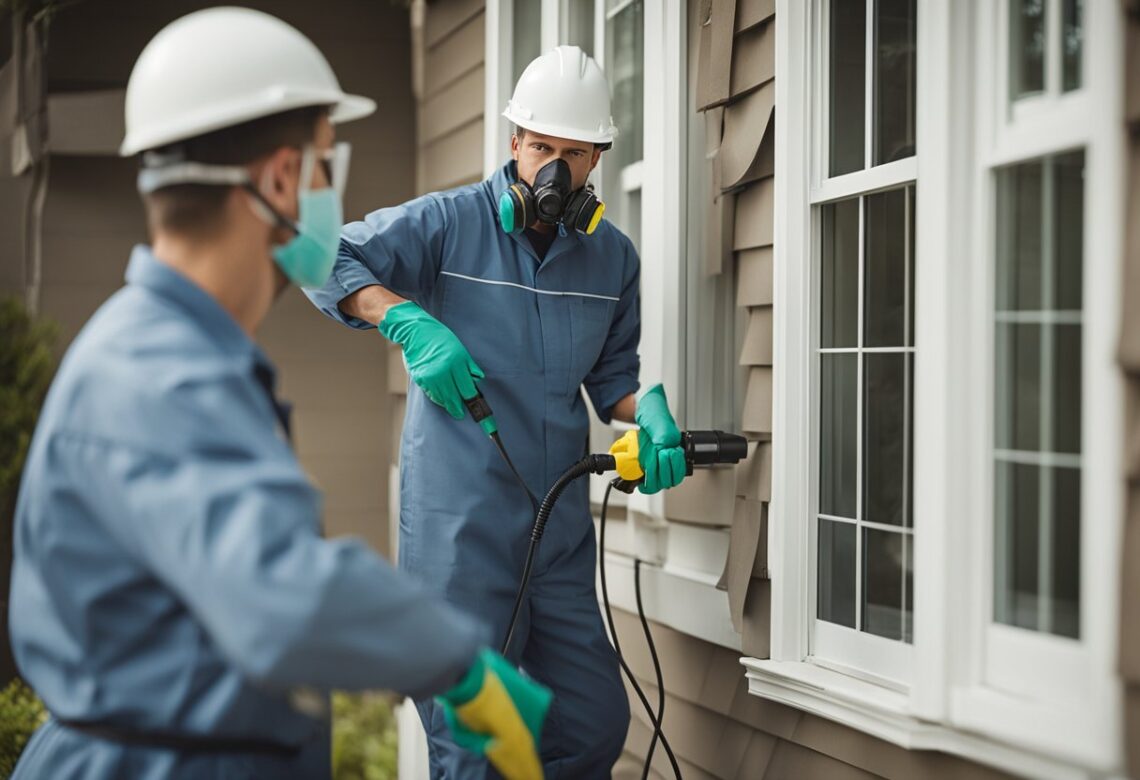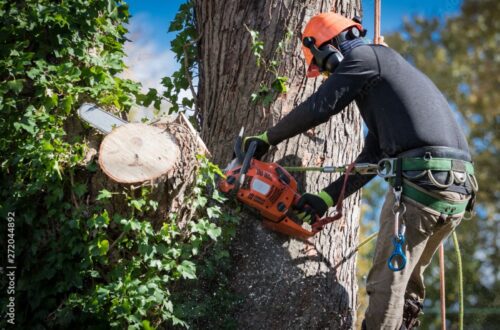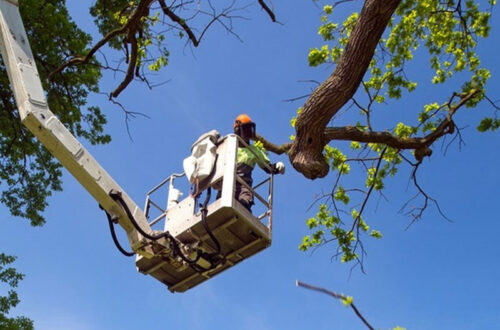Understanding Termites and Their Threat
Termites are often referred to as the “silent destroyers” due to their ability to chew through wood, flooring, and even wallpaper without being detected. These pests can cause significant damage to properties, particularly in the Eastern Suburbs, where conditions are often favourable for their survival. Understanding the nature of these insects is crucial for effective control and prevention.
There are several species of termites, but the most common in the Eastern Suburbs are the subterranean and drywood termites. Subterranean termites sydney live in colonies underground and can travel long distances to find food sources. On the other hand, drywood termites infest the wood they consume, often leading to severe structural damage before their presence is even noticed. The life cycle of a termite colony is fascinating; it begins with a king and queen who establish a new colony, and within a few years, their offspring can number in the millions, exponentially increasing the threat to any wooden structures nearby.
Signs of a Termite Infestation
Recognising the signs of a termite infestation early can save property owners from extensive damage and costly repairs. Common indicators include mud tubes on walls, hollow-sounding wood, and discarded wings near windows or doors. Homeowners should also be wary of unexplained cracks in walls or ceilings, as these may signal structural weakening due to termite activity. Additionally, the presence of frass, which is a fine powdery substance produced by termites as they consume wood, can also be a telling sign of an infestation. This frass may resemble sawdust and can often be found near infested areas, indicating that immediate action is required to mitigate further damage.
The Importance of Regular Inspections
Regular inspections by a professional pest control service are essential in the fight against termites. These inspections can identify potential problem areas before they become serious. It is advisable to have a thorough check at least once a year, especially in areas prone to infestations. Furthermore, homeowners should consider implementing preventative measures, such as reducing moisture around the foundation of their homes and ensuring proper ventilation in attics and crawl spaces. These proactive steps can significantly lower the risk of attracting termites, making it more difficult for them to establish a colony and wreak havoc on your property.

Effective Termite Control Methods
When it comes to controlling termites, a multi-faceted approach is often the most effective. This can include preventative measures, treatments, and ongoing monitoring to ensure that any potential infestations are dealt with promptly. Read more about termite control methods at https://njaes.rutgers.edu/fs338/
Preventative Measures
Preventing termites from entering a property is the first line of defence. Homeowners should ensure that there are no wood-to-soil contacts, as this creates a direct pathway for termites. Keeping gutters clean and ensuring proper drainage can also help reduce moisture, which attracts these pests.
Additionally, sealing cracks and crevices in the foundation and around windows and doors can deter termites from entering. Regular maintenance of landscaping, such as keeping mulch away from the foundation, can further minimise risk. It is also advisable to store firewood and other wooden materials at least 20 feet away from the home and to elevate them off the ground. This not only reduces the likelihood of termites finding their way into your home but also helps to keep the wood dry, making it less appealing to these wood-destroying insects.
Treatment Options
If an infestation is detected, there are several treatment options available. Chemical treatments, such as liquid termiticides, can create a barrier around the property, preventing termites from entering. Baiting systems can also be effective, as they attract termites and eliminate entire colonies over time.
For more severe infestations, structural fumigation may be necessary. This method involves sealing the property and introducing a gas that penetrates all wood surfaces, effectively eradicating termites. It is essential to consult with a professional to determine the best course of action based on the severity of the infestation. Furthermore, some homeowners may opt for eco-friendly alternatives, such as using nematodes—microscopic worms that prey on termites—or applying borate treatments to wooden structures. These methods can be less harmful to the environment while still providing effective control. Regular inspections by pest control experts can also help catch any signs of termite activity early, ensuring that any necessary treatments are implemented without delay.
Choosing the Right Pest Control Service
Selecting a reputable pest control service is crucial for effective termite management. Property owners should look for companies with experience in termite control, positive customer reviews, and appropriate licensing and insurance. It is also beneficial to seek out companies that employ environmentally friendly practices, as these can provide effective solutions without posing a risk to the surrounding ecosystem or the health of the inhabitants. A thorough investigation into the company’s credentials, including certifications from recognised pest management associations, can further assure property owners of their professionalism and expertise.
Questions to Ask Potential Services
When interviewing pest control companies, it is important to ask specific questions. Inquire about their experience with termite control, the methods they use, and the warranties they offer. A reliable company should be transparent about their processes and provide a detailed plan tailored to the specific needs of the property. Additionally, asking about their follow-up procedures and how they handle re-infestations can provide insight into their commitment to long-term pest management. Understanding the training and qualifications of their technicians can also give property owners confidence in the service they will receive. To learn more about questions to ask for homeowners click here.
Understanding Costs and Services
The cost of termite control can vary widely depending on the size of the property, the extent of the infestation, and the methods used. It is advisable to obtain quotes from multiple companies to ensure a fair price. Additionally, understanding what services are included in the quote can help avoid unexpected costs later on. Some companies may offer comprehensive packages that include inspections, preventative treatments, and ongoing monitoring, which can be more cost-effective in the long run. Property owners should also consider the potential costs of damage caused by termites if left untreated, as this can far exceed the expense of professional pest control services. Being informed about the different treatment options available, such as chemical treatments versus baiting systems, can also aid in making a well-rounded decision that suits both the property and the owner’s budget.

Long-Term Strategies for Termite Prevention
Once a property has been treated for termites, it is essential to implement long-term strategies to prevent future infestations. This involves ongoing monitoring and maintenance to ensure that the property remains termite-free.
Regular Monitoring
After initial treatment, regular monitoring is vital. This may involve periodic inspections by pest control professionals, as well as self-checks by homeowners. Installing monitoring stations around the property can also help detect any new termite activity early.
Education and Awareness
Educating homeowners about the risks and signs of termite infestations can empower them to take proactive measures. Awareness campaigns and resources from local pest control services can provide valuable information on how to protect properties effectively.
Conclusion
Termite control in the Eastern Suburbs is a critical aspect of property maintenance. With the right knowledge, preventative measures, and professional assistance, homeowners can protect their investments from these hidden threats. Regular inspections, effective treatment options, and long-term strategies are essential in the ongoing battle against termites. By taking action now, property owners can ensure their homes remain safe and secure for years to come.
In summary, vigilance and proactive measures are key in safeguarding properties against termite damage. By understanding the nature of these pests and enlisting the help of professionals, homeowners can effectively mitigate the risks associated with termite infestations.
Related : Termite Barrier Sydney: Is It Worth the Investment for Homeowners?






